If you've ever walked into a gym and stared at a barbell wondering how much weight am I actually lifting?, you're not alone. One of the most common questions from both beginners and experienced lifters alike is: How much does an Olympic bar weigh? And for good reason—knowing the bar’s weight is essential for tracking your progress, programming workouts, and training safely.
Let’s break it down clearly and simply.
Standard Olympic Barbell Weight
The most common Olympic barbell—the kind you’ll see in most commercial gyms and competitions—weighs 45 pounds (20 kilograms). This is the benchmark for most strength training programs.
These bars are:
-
7.2 feet long (2.2 meters)
-
Made from steel with sleeves that rotate, designed to reduce torque on your wrists during Olympic lifts like cleans and snatches.
-
Built to hold a maximum load capacity of 1,000 lbs or more, depending on quality and brand.
So when someone asks “how much weight is an Olympic bar?” the go-to answer is 45 lbs—unless you're using a specialty bar.
Variations of Olympic Bars and Their Weights
While 45 lbs is standard, it’s not the only option. There are several types of Olympic bars with different weights and purposes:
1. Women's Olympic Bar
-
Weighs 33 lbs (15 kg)
-
Shorter (6.6 feet / 2.01 meters) and with a smaller shaft diameter for easier grip
2. Training Technique Bar
-
Weighs between 11–22 lbs (5–10 kg)
-
Often made of aluminum or light steel, designed for beginners or rehab training
3. Youth or Junior Bars
-
Usually 22 lbs (10 kg) or less
-
Perfect for teens or those just starting with barbell movements
4. Specialty Bars (like trap bars, safety squat bars, etc.)
-
Weight varies widely from 35 to 70+ lbs
-
Always check the manufacturer’s specs before loading plates
Personal Experience: The First Time I Miscounted
Early in my lifting journey, I remember throwing two 25-lb plates on each side of the bar, thinking I was benching 100 lbs. I was pretty proud—until a coach walked by and asked, “You mean 145?” I had completely overlooked the 45-lb Olympic bar.
That moment taught me something critical: the bar always counts.
It’s a simple truth, but one that often gets missed in the early stages of strength training. Ever since then, whether I’m deadlifting, pressing, or squatting, I mentally factor in the bar first before adding plates. It’s a habit that keeps me honest with my numbers and consistent in tracking progress.
Why Knowing the Bar’s Weight Matters
Accurate knowledge of your equipment is foundational to effective strength training. Misjudging the bar’s weight can:
-
Lead to incorrect tracking in your fitness app or journal
-
Create imbalanced progressions in programs like Starting Strength or 5/3/1
-
Increase your risk of injury due to unintended overload
Whether you're a powerlifter calculating your max, a CrossFitter hitting a WOD, or a beginner loading your first set of squats—knowing exactly how much weight you're lifting starts with understanding the bar.
Final Thoughts
So, what does an Olympic bar weigh?
In most cases: 45 lbs.
But depending on your training context—youth training, Olympic lifting, or using specialty bars—it can be more or less. Always check the bar specs, especially in home gym setups or unfamiliar gyms.
Because at the end of the day, lifting smart means lifting informed.




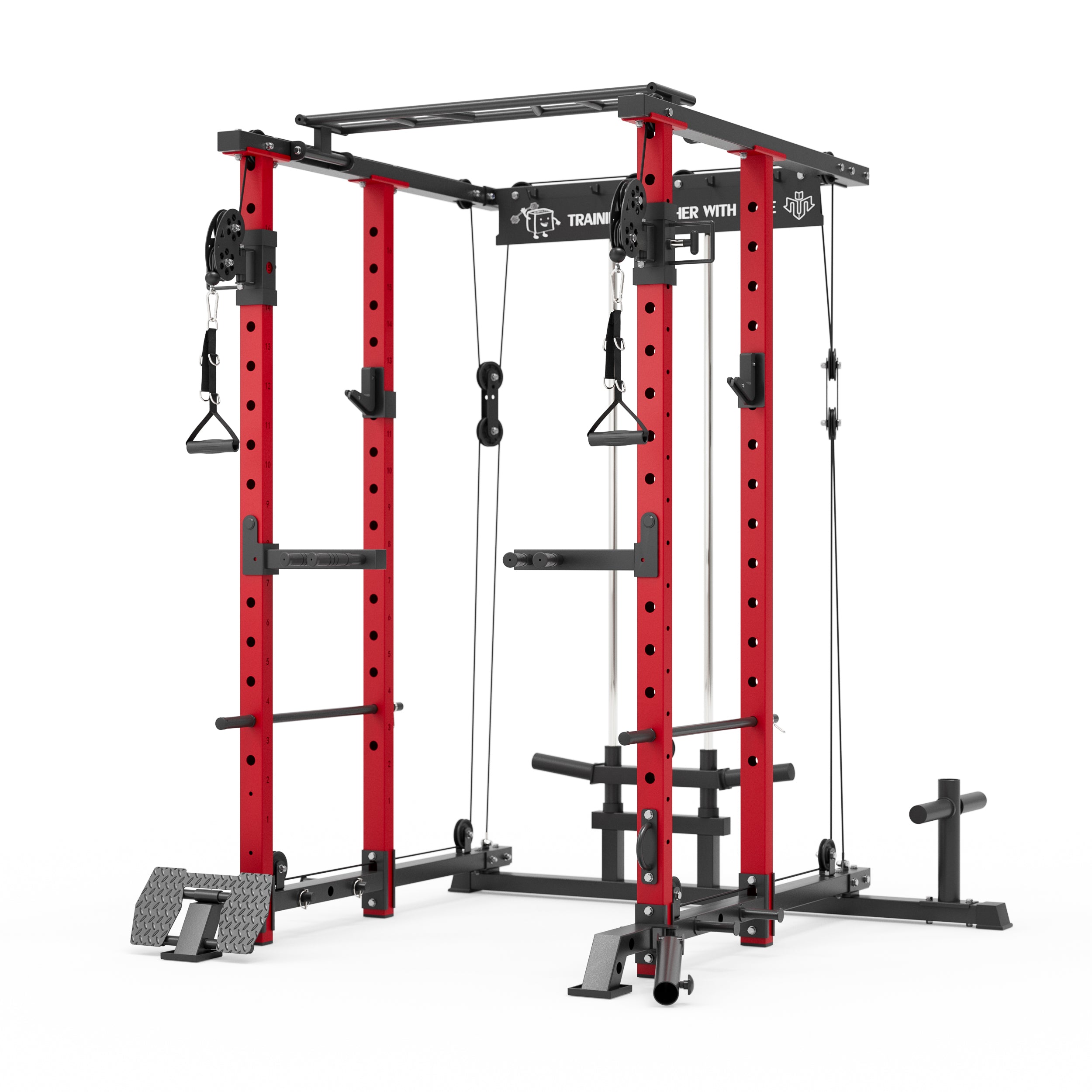


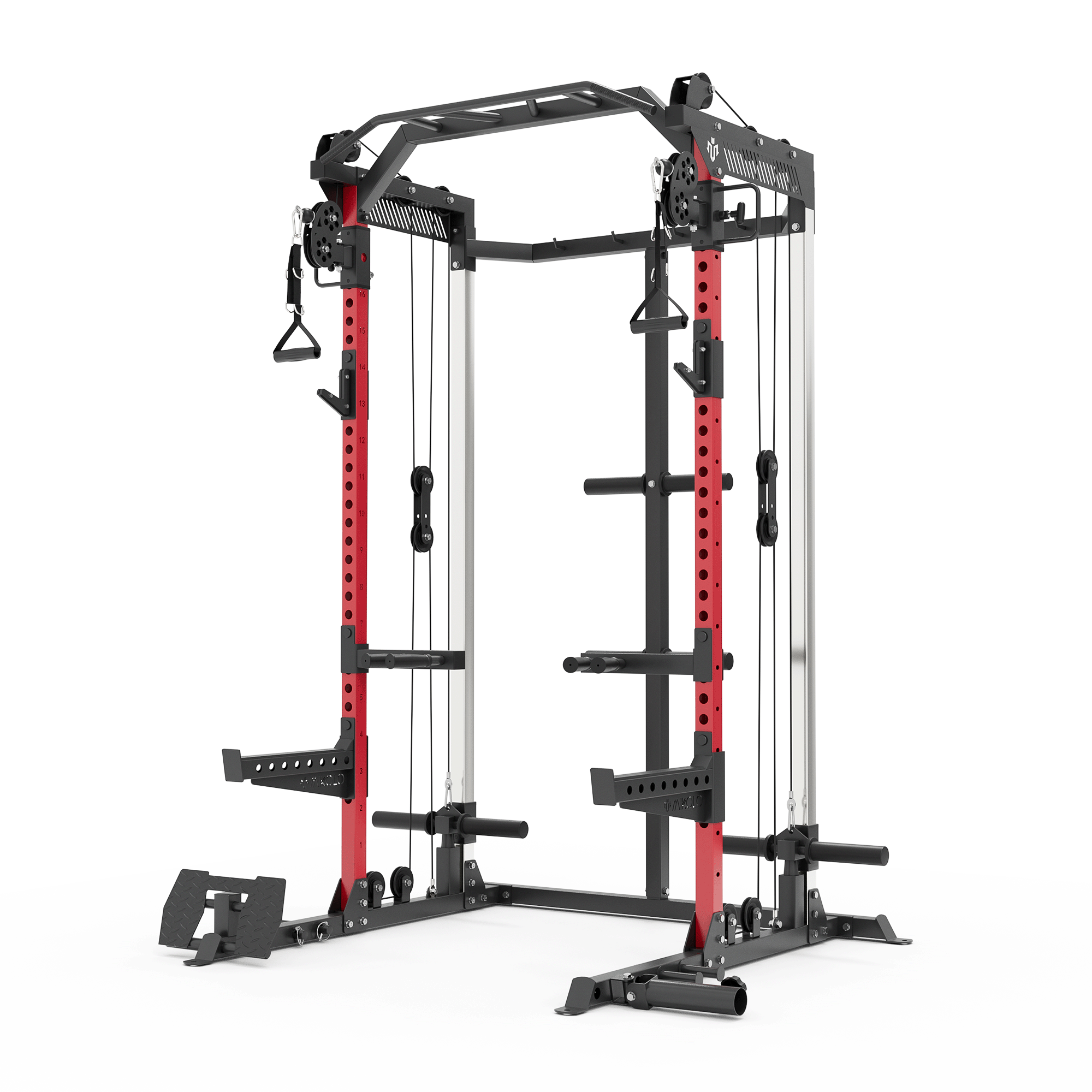



















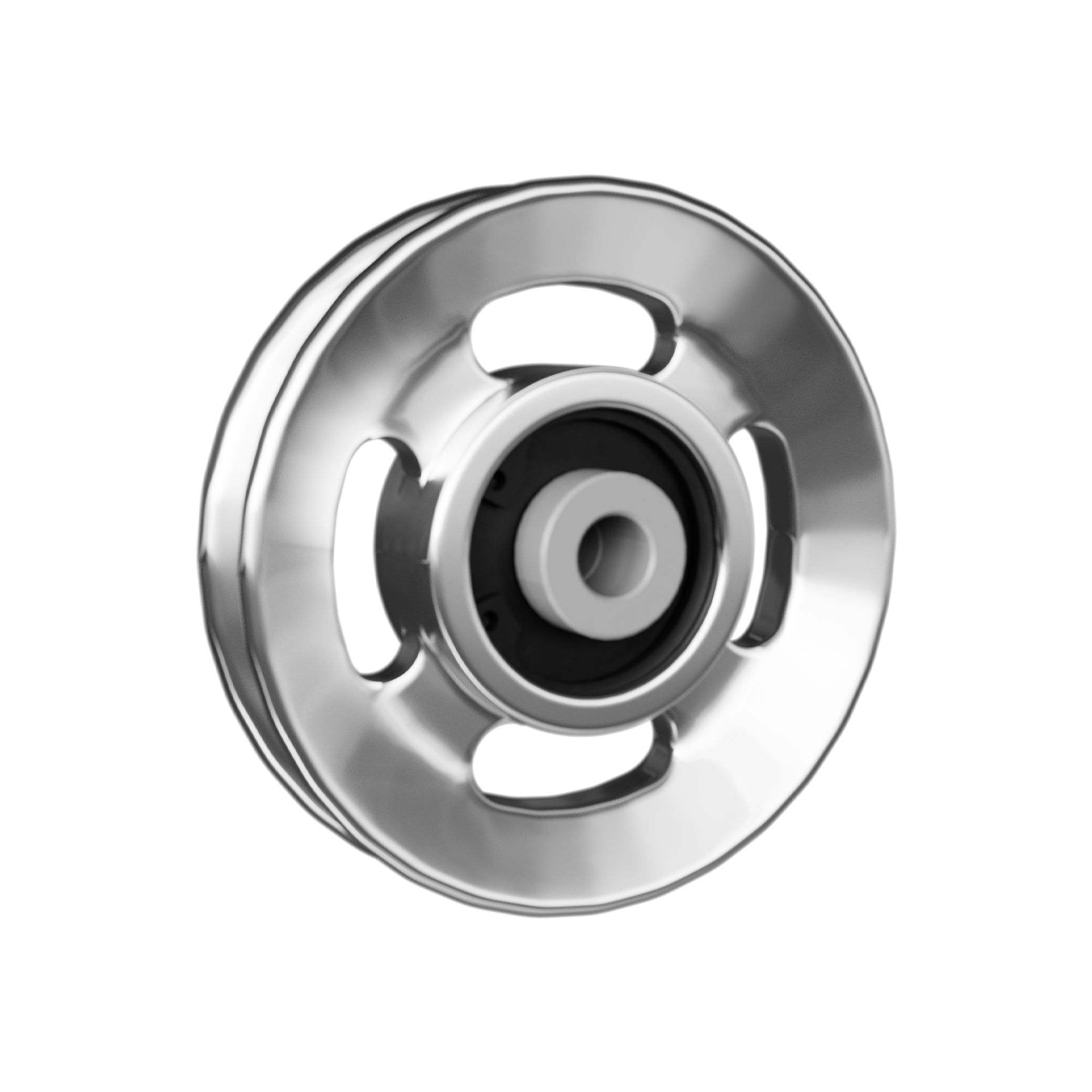



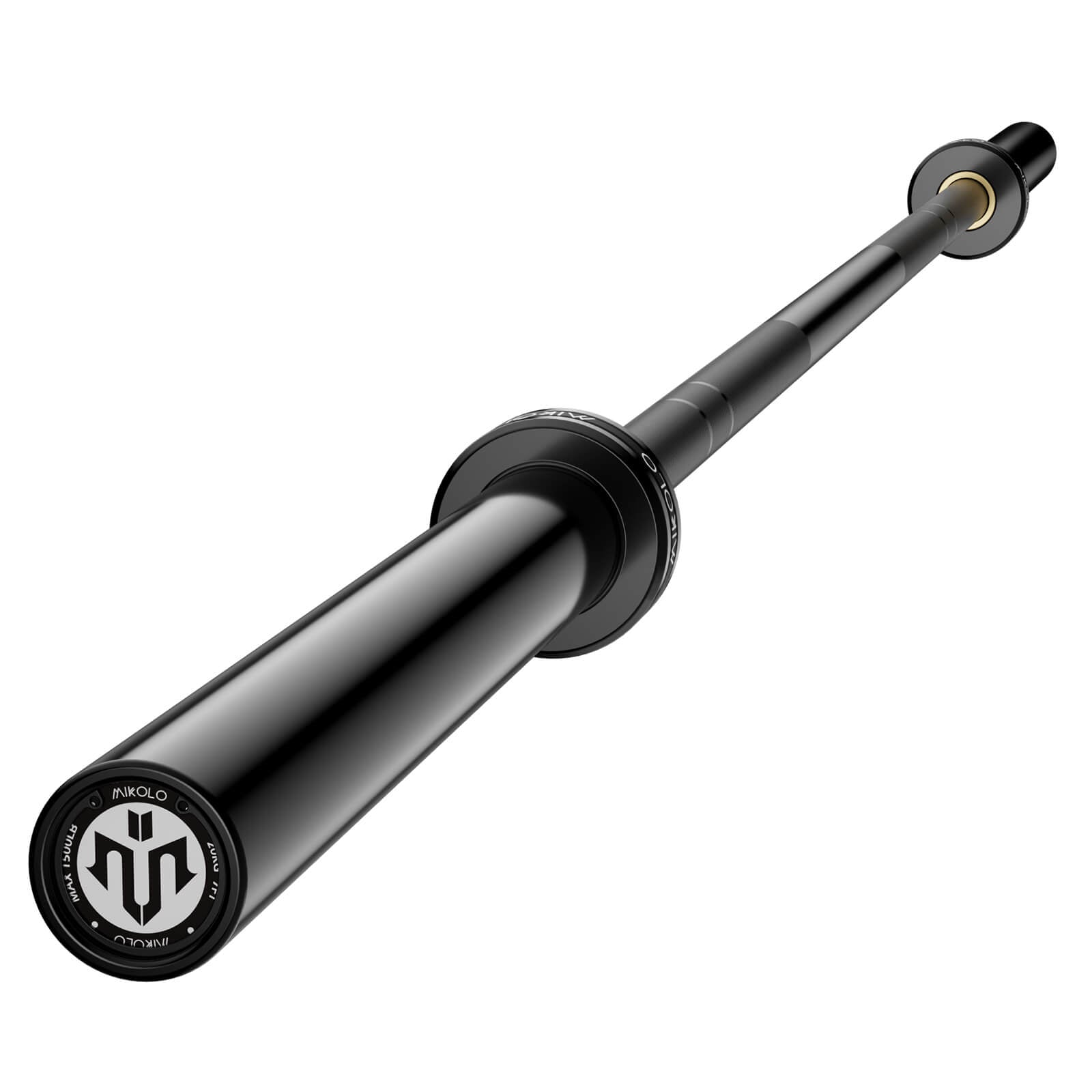









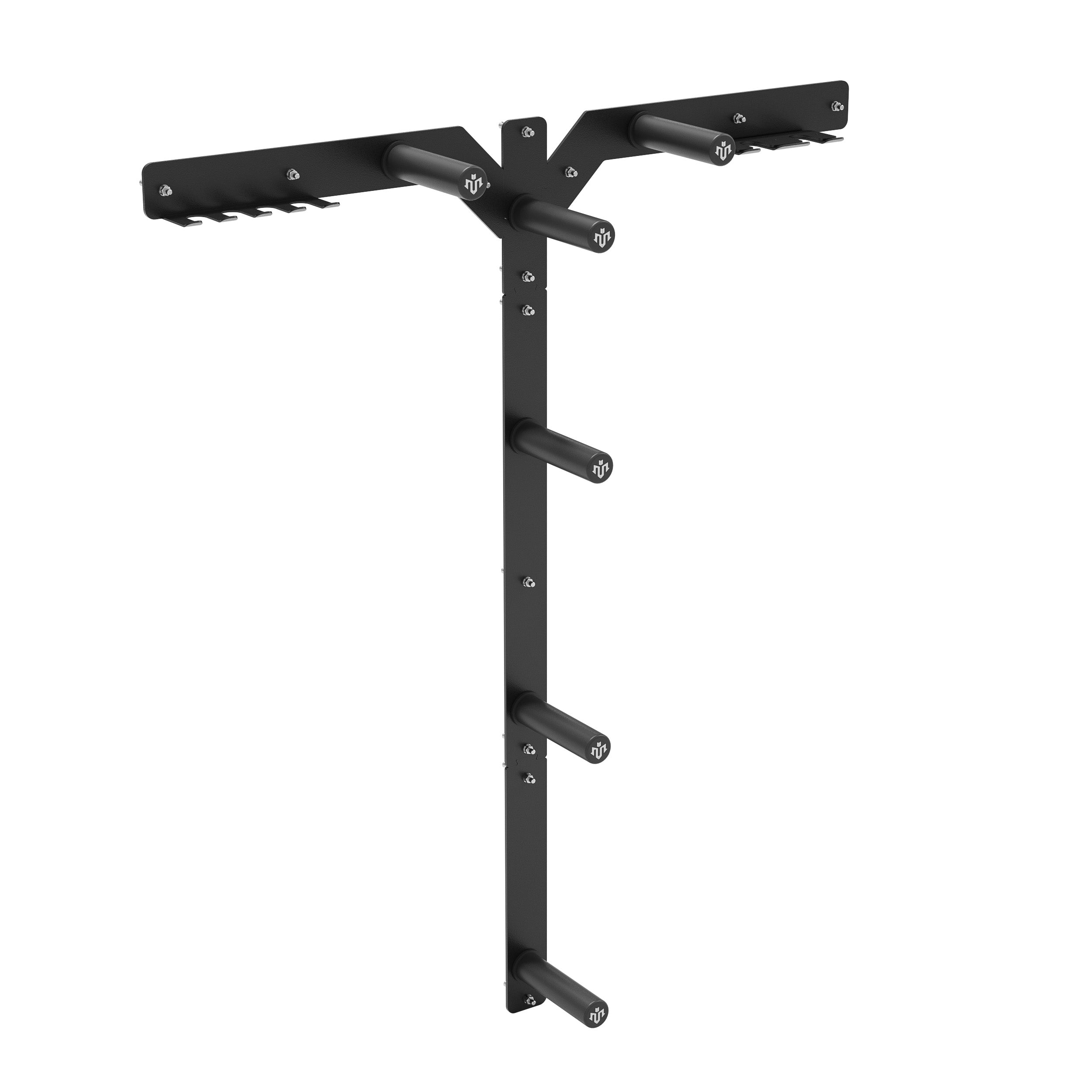





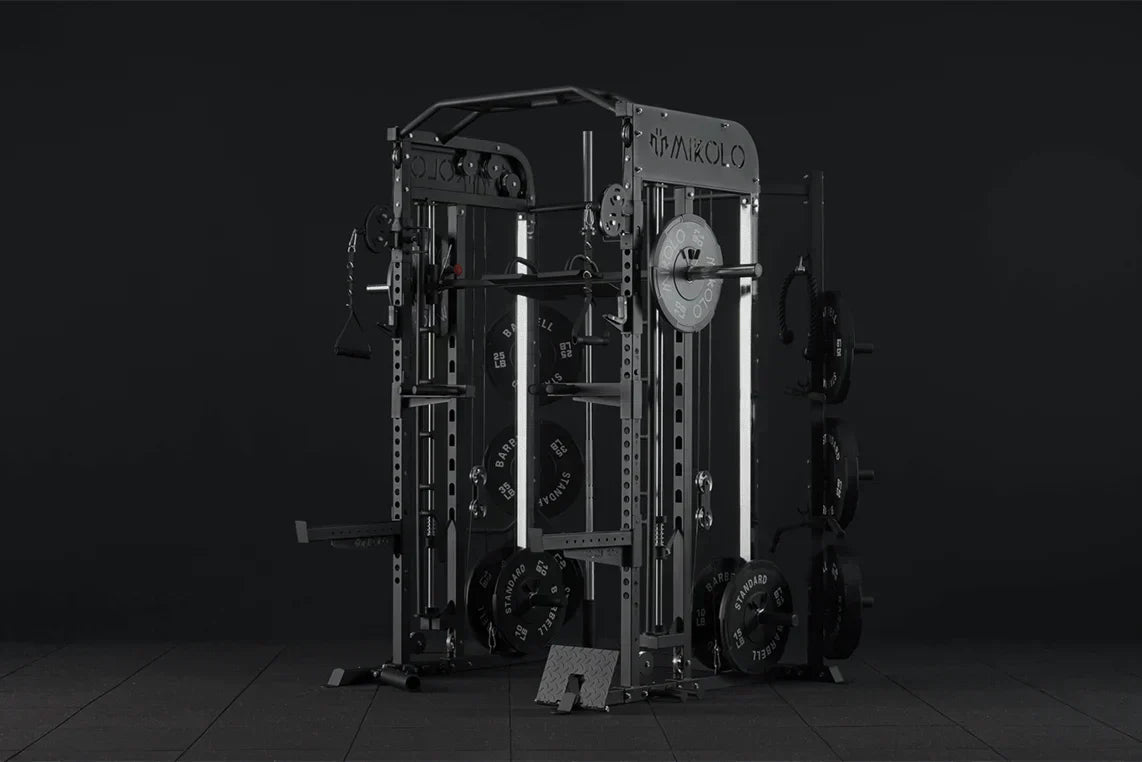
Leave a comment
This site is protected by hCaptcha and the hCaptcha Privacy Policy and Terms of Service apply.